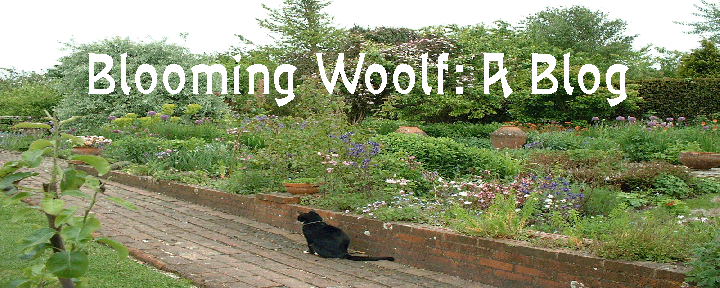“MODERN FICTION”
• You may want to start out by reading Woolf’s manifesto for the new form of writing she is trying to invent: “Modern Fiction.” Slightly revised from an essay called “Modern Novels” published in 1919 -- around the time she was writing “Mark on the Wall” (1917) and “Kew Gardens” (1919) -- this is Woolf’s best known and most often-quoted essay. You want to look for what she is attacking in the previous generation of writers and what she wants to see in the new writing. (make lists)
• Then think about how “Mark” and “Kew” embody these ideas.
• Jane Goldman has a brief section on “Modern Fiction” in her book (103-6), and Mark Hussey has a page-long entry on it in his A to Z (on reserve).
THE SHORT STORIES
• As you read the short stories, be thinking about “A Sketch of the Past.” What structures/ ways of writing do these works have in common? Can you begin to articulate a sense of Woolf’s characteristic style? How does she think? And how is that revealed in the way she organizes or structures her stories? Also be alert for common themes and images. Twenty+ years separate these short stories from her memoir. Are there issues which she seems to be concerned with across that arc of time?
• There are several overviews about the short stories available:
o Goldman, Cambridge Intro, pp. 87-92 (R) REQUIRED
o Sandra Kemp’s Introduction to the selected short stories for Penguin (BB)
o Baldwin, Dean. “Bold Experiments” 13-26 in Virginia Woolf: A Study of the Short Fiction (1989) (BB)
o I personally favor A. Fleishman’s “Forms of the Woolfian Short Story” (1980) which posits 2 different forms for the stories: linear and circular (though we can argue quite a bit over which stories are which). (BB)
o Dick, Susan."Chasms in the Continuity of Our Way: Jacob's Room."Chapter Two of Virginia Woolf. London & New York: Edward Arnold, 1989. (R) Connects the early short stories up to the method and themes of Jacob’s Room.
“A MARK ON THE WALL”
• On first reading, this story appears to be quite random and chaotic. Just read it a couple of times, letting the images sink in. Then I would advise going through and trying to make your own outline of what each paragraph is about.
• Can you see any turning points in the story? Can you clump any paragraphs into groups?
• What seem to be the repeated images and concerns? ( Repetition is the key to meaning)
• What is the story “about”?
“KEW GARDENS”
• Use the same reading process with “Kew.” Notice the various characters in the story and how the narration/ point of view shifts among them. Is there any pattern here?
• I will be posting some materials on Woolf and the Visual Arts on the Criticism Folder on Blackboard. Many people see these experimental short stories as Woolf’s reaction to the new theories about modern art that she was discussing with the circle of artists and art critics to which her sister, Vanessa Bell belonged. Both Clive Bell and Roger Fry were important definers and what the new modern art was about, and in many ways what Woolf is trying to do is find a way to adapt these ideas to fiction.

No comments:
Post a Comment